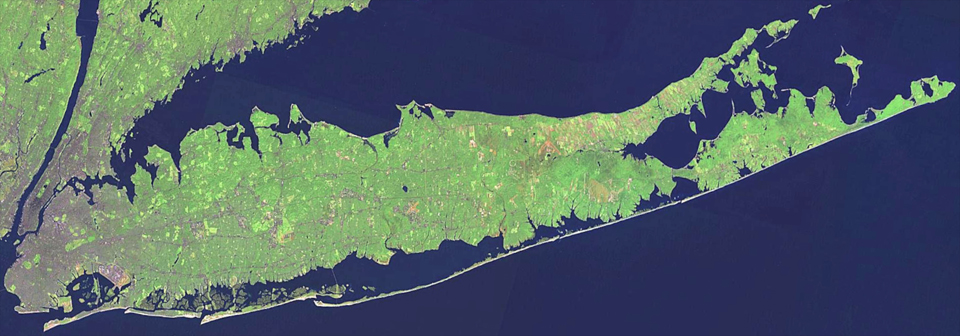
Study environmental history at Stony Brook
Few history departments can boast such a number and variety of scholars—specialists of different regions, time periods, and methodologies—who study and teach environmental history, broadly defined. Students in our doctoral program need not choose between a "cultural" or a "material" approach; our faculty welcomes any historical perspective that helps us better understand the relationships between humans and the non-human world. As a result, our Ph.D. candidates benefit from an unusually rich and eclectic range of course offerings and research programs. Our core faculty comprises:
—Jennifer Anderson (historical ecology, commodities studies, environmental humanities, Atlantic World)
—Alix Cooper (early modern European histories of science and medicine)
—Paul Kelton (disease and medicine, indigenous peoples of North America, early American history)
—Elizabeth Newman (environmental archaeology, material culture, sustainability studies, Mesoamerica)
—Donna Rilling (urbanization, comparative industrialization, household production, Early Republic)
—Chris Sellers (occupational health and hazard, transborder industry and pollution, comparative
suburbs, U.S. environmentalism)
For almost any environmental history dissertation topic, a viable committee could be assembled from this distinguished list. Students in our program can also benefit from the expertise of resident scholars with allied interests:
—Paul Gootenberg (commodities, illicit goods, drugs, Latin America)
—Shobana Shankar (health and disease in Africa, international/global health)
—Nancy Tomes (U.S. histories of health and medicine)
Stony Brook's environmental history program enjoys a distinctive connection to the
"New Commodity Studies." In recent years, global commodities have become a central
scholarly tool for exploring the relationships between nature and built environments
and the social worlds of labor, consumption, and politics, and in linking local social
environments to global networks and forces. Goods mediate multiple nature-human relationships.
Their production and use cultures have, especially in the modern world, altered global
landscapes in profound ways. Three history faculty—Anderson, Gootenberg, Newman—directly
engage the study of commodity cultures, as do a significant number of graduate students
doing research on drug histories.
Our program also offers rich and varied opportunities to intersect with the department's
considerable strengths in the history of health and medicine. Recently, these fields
have discovered converging interests in the human body, in historical relation to
nature and as a key site in the social, political, and cultural making of human environments,
new directions with considerable promise given the powerful and often controversial
roles science, medicine, and technology continue to play in our lives. Stony Brook
historians working in these areas—Cooper, Kelton, Sellers, Shankar, and Tomes—offer
unique perspectives on how our knowledge of nature and manipulation of it have reconfigured
the world in the past and present.
Two recently completed dissertations give a sense of the range of our program:
—Clarence Jefferson Hall: Prisonland: Environment, Society, and Mass Incarceration on New York’s Northern Frontier,
1845–1999 (advisor: Chris Sellers)
—Gregory Rosenthal: Hawaiians Who Left Hawai'i: Work, Body, and Environment in the Pacific World, 1786–1876 (co-advisors: Chris Sellers and Jared Farmer)
Enterprising students can also find colleagues and mentors in the university’s School
of Marine and Atmospheric Sciences, its Department of Ecology and Evolution, and its
Department of Technology and Society. Stony Brook’s Geospatial Lab likewise has openings
for graduate student collaboration. Our graduate students and faculty regularly present
their research at important national venues, including the American Society for Environmental
History. The colleges and universities of Greater New York City are home to numerous
other environmental historians, and SBU students have opportunities, formal and informal,
to join a vibrant regional community.
